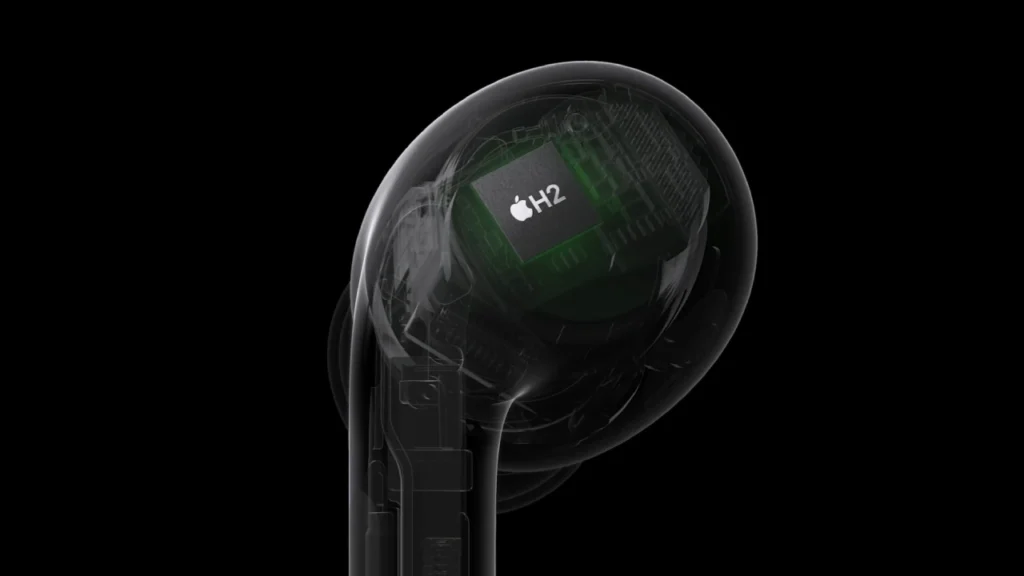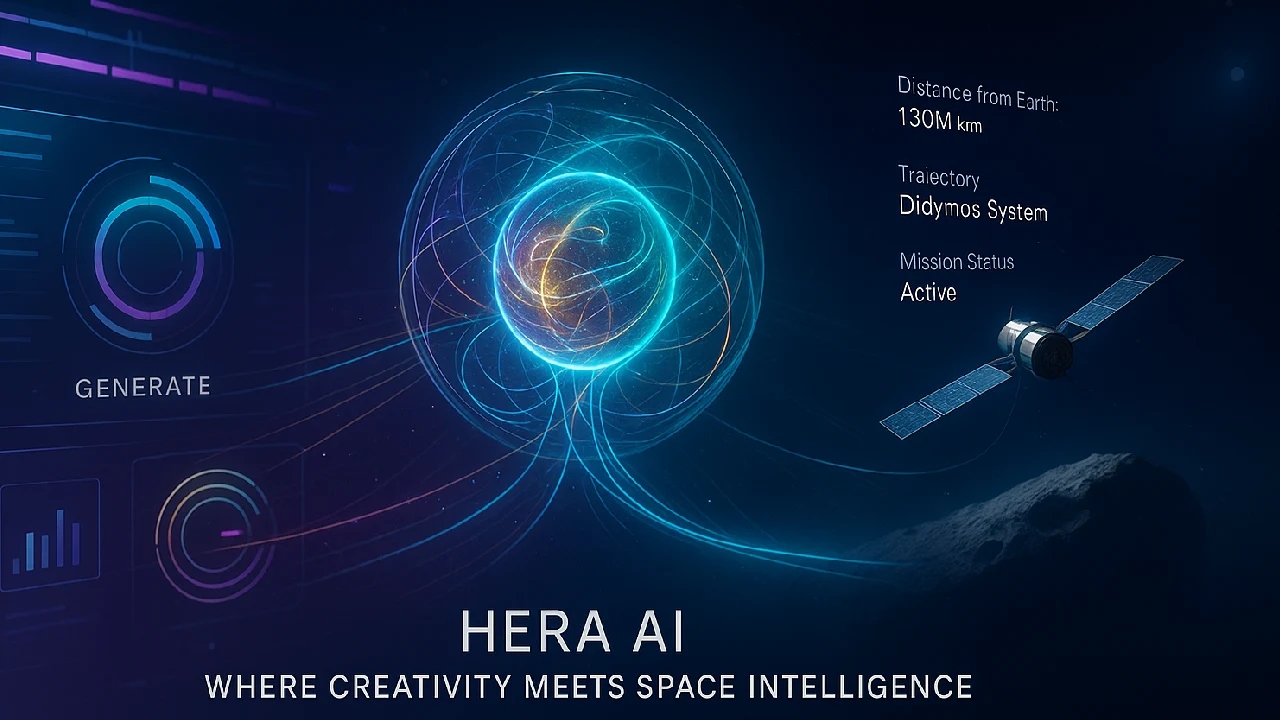Apple H2 processor provides twice the noise cancellation, greater audio, Bluetooth 5.3, and a longer battery life, making AirPods Pro 2 the most advanced wireless earphones yet.

Apple’s H1 and H2 CPUs power some of the world’s most popular wireless earphones, including AirPods and Beats. The H2 processor represents a significant step forward, redefining audio quality, battery life, and noise cancellation. But how does it actually compare to the H1? Let’s look at the features and why they important for AirPods users.
What is the Apple H1 Chip
The Apple H1 chip, introduced in 2019, represented a watershed moment in wireless audio. It replaced the previous W1 and added speedier pairing, Bluetooth 5.0, and hands-free “Hey Siri”. The device also increased dependability by decreasing signal dropouts and increasing efficiency. H1 is used in AirPods (2nd and 3rd Generation), AirPods Max, and a variety of Beats models, making it the most commonly used Apple headphone chip at the time.
Key features were audio sharing between two sets of AirPods, low-latency video streaming, and improved power management for extended listening. It was innovative for its time, but has since been surpassed by H2’s 7nm efficiency.
How the Apple H2 Chip Improves on H1
The H2 chip, announced alongside the AirPods Pro 2 in September 2022, is Apple’s most advanced headphone silicon to date. The new 7nm FinFET process significantly improves efficiency, allowing for 30-35% faster speeds and up to 60% lower power consumption.
The H2 enhances listening with crisper highs, deeper bass, and adaptive tuning that directs sounds to the listener’s ear. The noise cancellation is particularly impressive; Apple claims it cancels twice as much noise as the H1 AirPods Pro, which is supported by real-world testing.
With Bluetooth 5.3, H2 prepares AirPods for the future of wireless audio, including LE Audio multi-stream capabilities (albeit Apple continues to employ their AAC codec for the time being).
Why the H2 Chip Matters for Users
For everyday users, H2 translates to:
- Better sound quality across all volumes.
- Personalized Spatial Audio with head tracking for immersive movies and gaming.
- Adaptive Transparency Mode that softens loud external sounds like sirens or construction noise.
- Extended battery life: up to 6 hours with ANC and 30 hours total with the case.
- Lower latency: about 40ms faster than H1 devices, making gaming and video syncing much smoother.
The charging case, which features Apple’s U1 chip, enhances the ecosystem with Precision Finding, MagSafe/USB-C charging, and IP54 dust resistance.
H1 vs H2 Chip Comparison
| Feature | Apple H1 | Apple H2 |
|---|---|---|
| Process | 16nm FinFET | 7nm FinFET |
| Bluetooth | 5.0 | 5.3 |
| Noise Cancellation | Standard ANC | Twice as effective ANC |
| Audio | Clear with sharing | High-fidelity, Adaptive EQ |
| Latency | ~167ms | ~126ms |
| Battery | ~5 hrs (AirPods Pro 1) | ~6 hrs + 30 hrs with case |
| Controls | Tap/Siri | Touch gestures, Siri head nods |
The H1 was revolutionary in 2019, but the H2 makes AirPods Pro 2 the gold standard for premium earbuds in 2025.
Final Take
Apple’s H1 processor improved the durability and simplicity of AirPods, propelling them into the mainstream. However, the H2 processor heralds in a new era: smarter, faster, and far better at noise canceling. If you already own H1-based AirPods, upgrading to H2-powered AirPods Pro 2 (or AirPods 4 with ANC) is certainly worth it for anyone who values audio quality and convenience.







